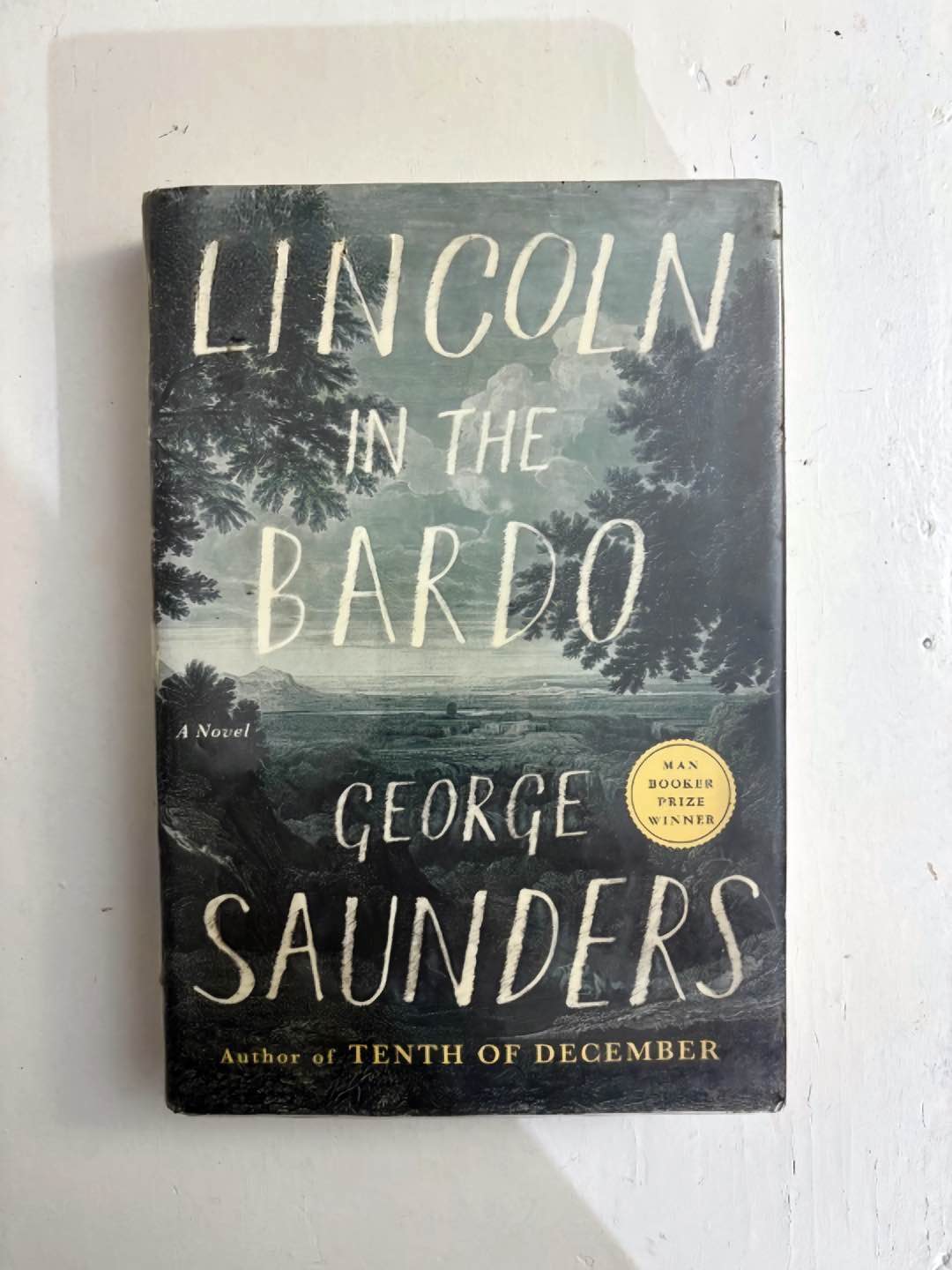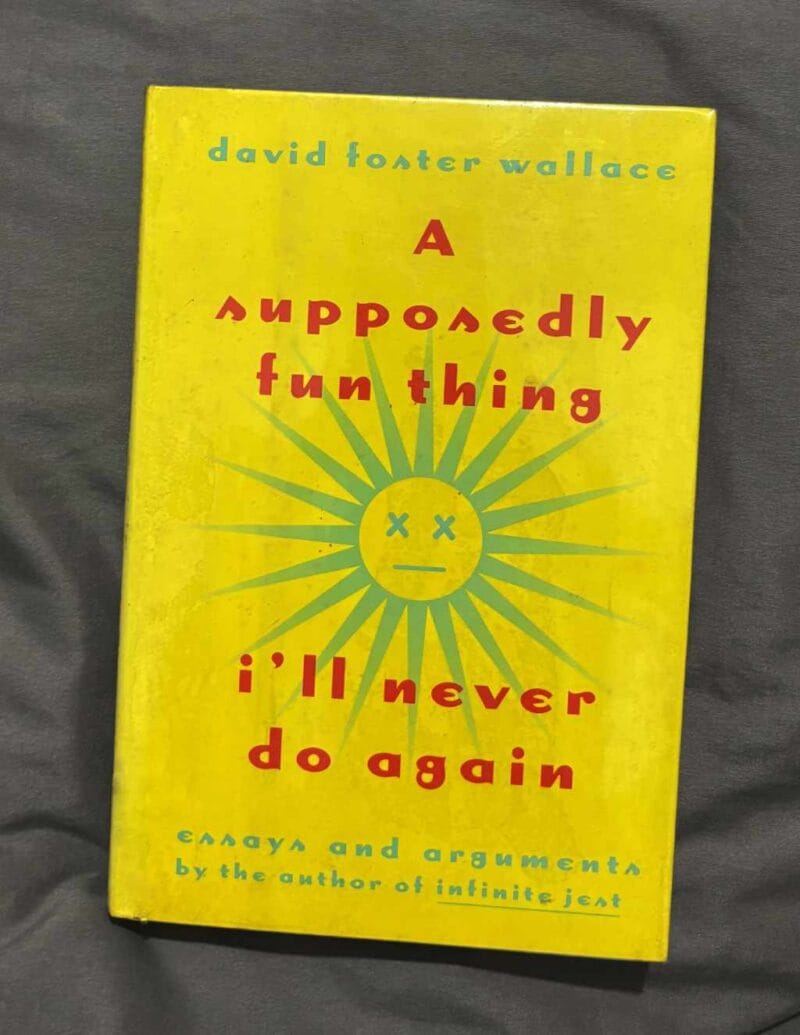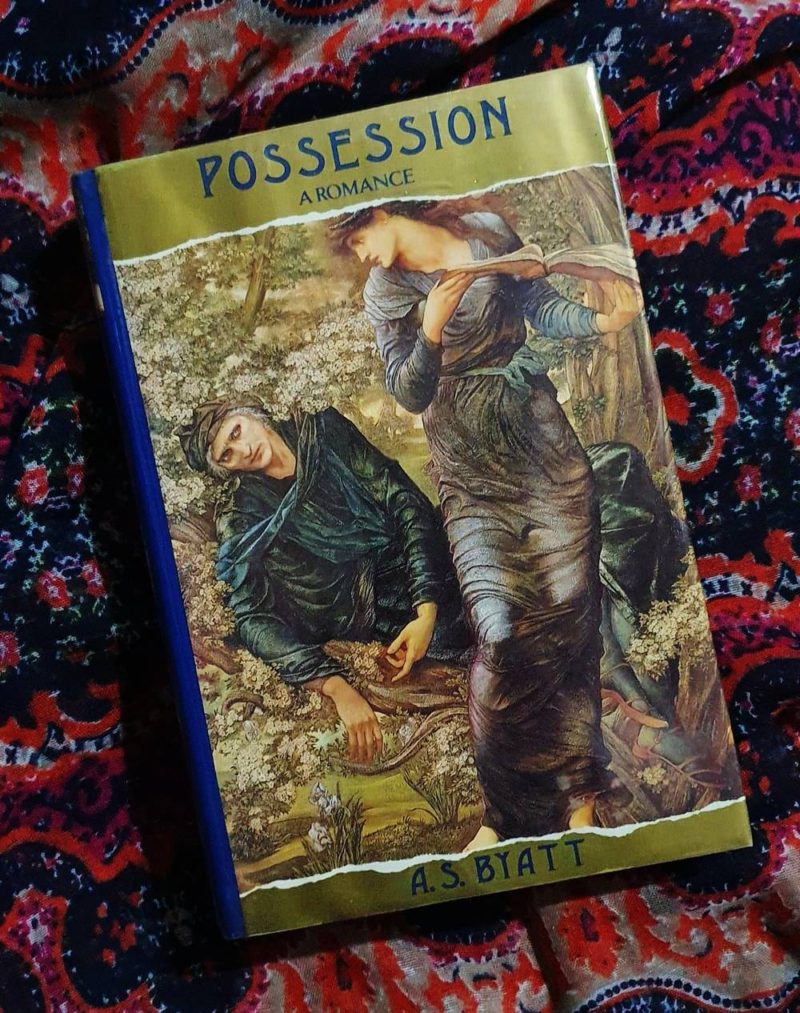George Saunders’ debut full-length novel, Lincoln in the Bardo (2017), is a masterful blend of historical fiction and magical realism that challenges traditional storytelling. Through a captivating dialogue among ghostly narrators, Saunders invites readers into a surreal exploration of loss and the poignant connection between Abraham Lincoln and his deceased son Willie.
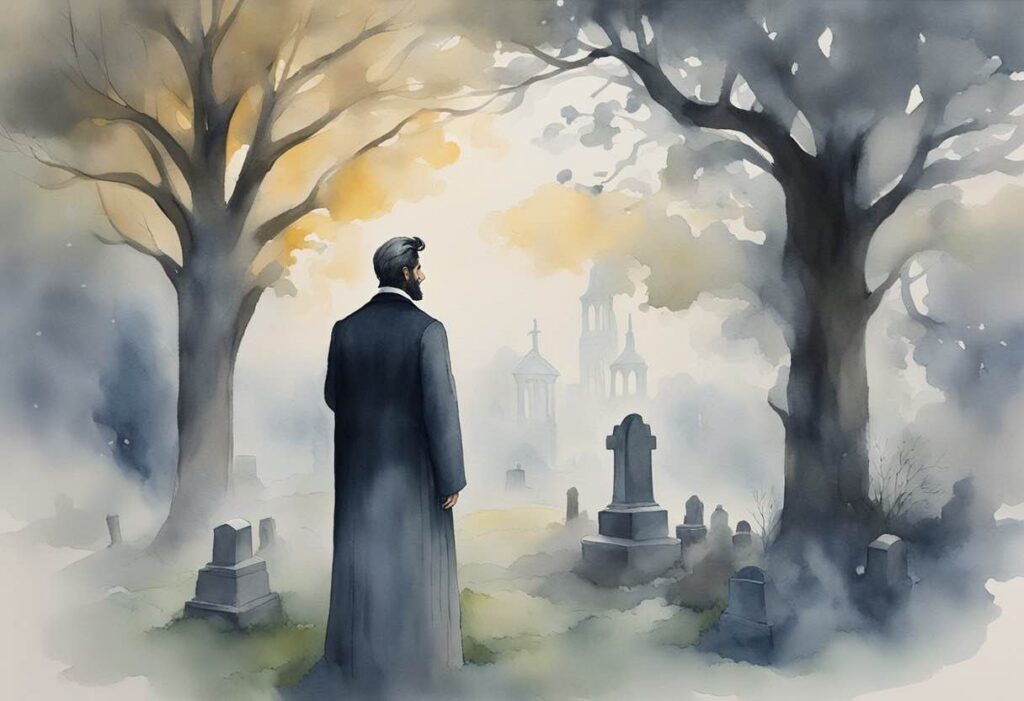
Set in February 1862, the narrative intricately weaves together Lincoln’s personal grief with the broader backdrop of the Civil War. By portraying the young Willie in a state between life and death—the bardo—Saunders crafts an unconventional narrative structure that offers a fresh perspective on historical figures and events. The novel’s experimental style, reflected in its diverse and intersecting voices, provides a multifaceted look into grief and the human experience.
Lincoln in the Bardo stands out not only for its unique literary style but also for its ability to examine profound themes through a chorus of distinct characters. Saunders’ innovative approach to storytelling prompts readers to reflect on the impact of history and the enduring bonds between the living and the departed.
The Historical Context of Lincoln in the Bardo
Set against the backdrop of the American Civil War and marked by the personal anguish of President Abraham Lincoln, Saunders’ novel weaves together themes of political strife and intimate loss. This section delves into these significant historical events that frame the novel.
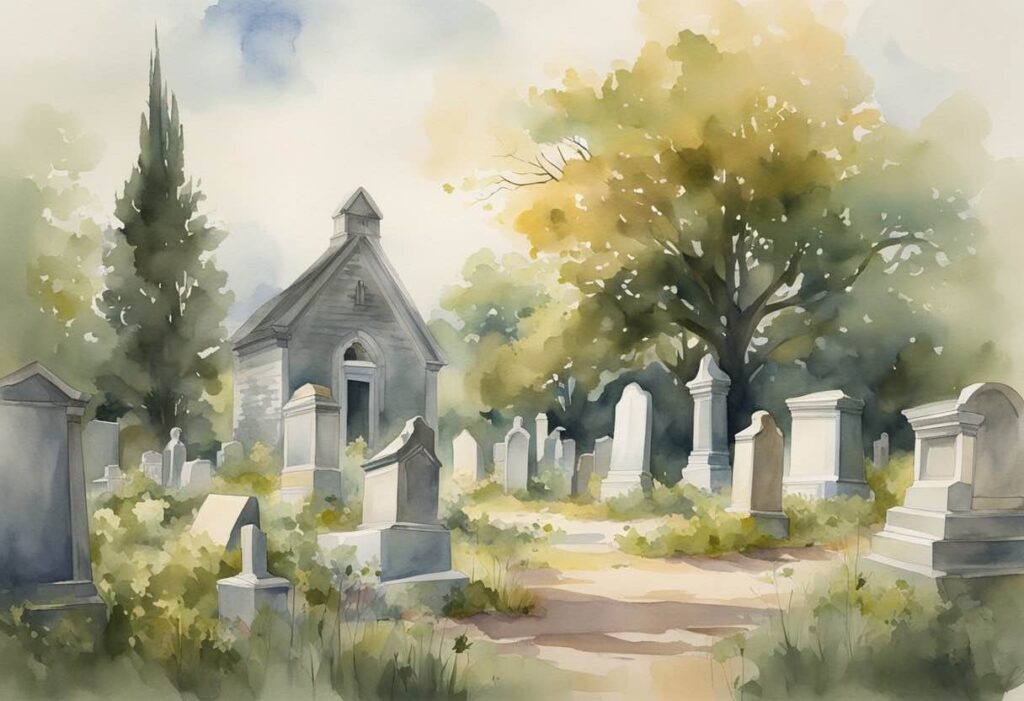
The Civil War and Its Impact
In February 1862, the United States was deeply embroiled in the Civil War, a conflict that had already claimed numerous lives and continued to shape the nation’s future. As Saunders explores in this novel, the period of intense discord serves as a backdrop, highlighting the severe political and social challenges of the time.
President Lincoln, tasked with preserving the Union, faced immense pressure amid mounting division and bloodshed. With the war in its early stages, decisive battles and contentious relationships with political leaders added to the tense atmosphere. The war’s widespread impact deeply influenced the national psyche, presenting a vivid historical context that significantly underscores the events in the novel.
The Personal Loss of Abraham Lincoln
Amid the chaos of the Civil War, President Lincoln faced a profoundly personal tragedy with the death of his third son, William Wallace Lincoln, known as Willie. Willie succumbed to typhoid fever in February 1862—a common peril of the era. The family’s grief was intense, with Abraham Lincoln often visiting his son’s crypt to mourn.
Saunders’ narrative reflects this intimate portrait of Lincoln’s sorrow, using the president’s visits to his son’s tomb as a focal point of exploration. By portraying Lincoln’s personal anguish alongside his public duties, the novel emphasizes the intersection of emotional and national crises, illustrating how personal loss can affect even those at the pinnacle of power.
Setting and Spiritual Themes
Lincoln in the Bardo intertwines the historical setting of Oak Hill Cemetery with spiritual elements drawn from various afterlife beliefs. The novel presents a rich exploration of how these realms intersect, particularly through the lens of Tibetan Buddhist concepts. Readers are invited to consider the implications of these settings and themes on the story’s characters and events.
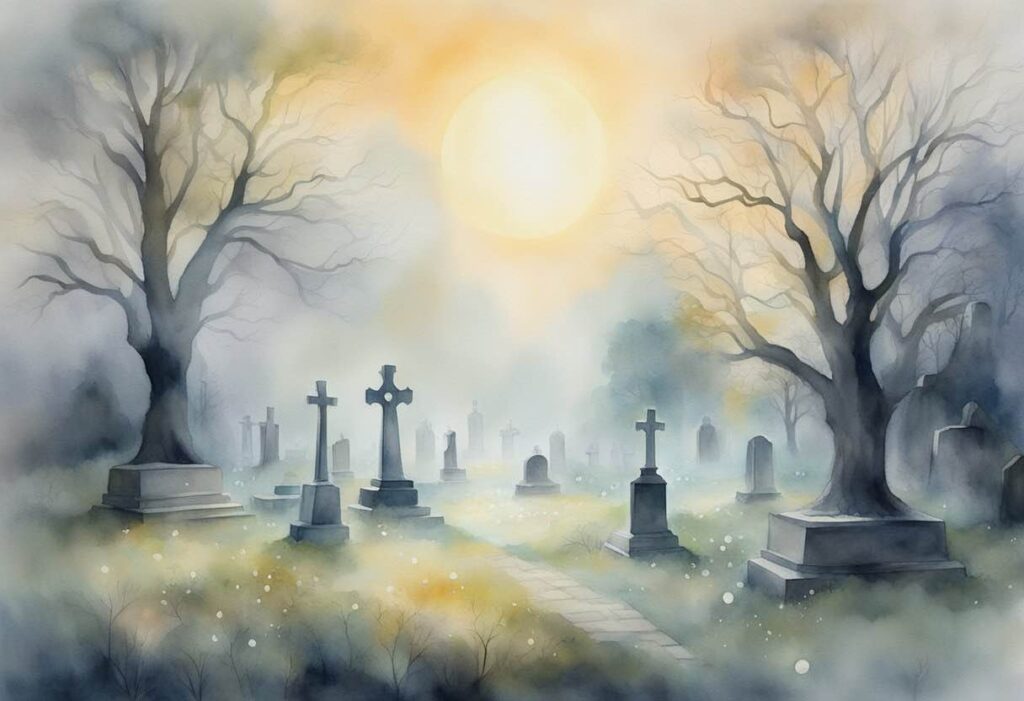
Oak Hill Cemetery: A Pivotal Backdrop
Oak Hill Cemetery is more than just a backdrop for Lincoln in the Bardo. Nestled in Georgetown, this cemetery becomes the focal point where historical and fictional elements converge. It is here that the spirits or ghosts of the deceased, including young Willie Lincoln, linger.
The unique geography of Oak Hill plays a crucial role in the story, providing a tangible space that bridges the gap between the living and the dead. It captures the somber atmosphere of a nation at war, echoing the sentiments of loss experienced by President Lincoln. Ghosts in this setting are not just remnants of past lives; they engage in interaction and reflection, embodying the complexities of existence between worlds.
Exploration of the Bardo and Afterlife Theories
The concept of the bardo is central to Saunders’ narrative. Highlighting a state of existence between death and rebirth, the bardo is depicted through numerous spirits unable to move on to their next phase. This draws on Tibetan Buddhist beliefs, where the bardo represents a transitional state between death and rebirth, with both potential and peril for lost souls.
The novel places these spiritual beliefs within a Western context, weaving them into a narrative that questions what the afterlife might hold. The exploration of these theories challenges characters and readers alike to reevaluate notions of death, the soul, and a universe beyond current understanding.
Intersection of Tibetan Buddhism and Western Views
Saunders brings together Tibetan Buddhist ideas with Western views through a curious mix of characters and philosophies. The book delves into Buddhism with the concept of the bardo while reflecting Western religious ideas through the presence of Christian and other cultural influences within the cemetery. This interplay creates a narrative that speaks to universal questions about existence and the spiritual journey. By examining how these perspectives overlap and diverge, the novel highlights the multifaceted nature of afterlife beliefs. The characters’ interactions underscore the rich tapestry of spiritual and cultural narratives, allowing a deeper appreciation of how different cultures confront mortality.
Stylistic Elements and Narrative Structure
Saunders’ novel is notable for its innovative use of style and narrative techniques. It combines experimental fiction elements with a chorus of voices and an intricate interplay of real and imagined events, drawing inspiration from literary antecedents such as Spoon River Anthology (1915) by Edgar Lee Masters and Dante’s Divine Comedy (Italian: Divina Commedia, 1321).
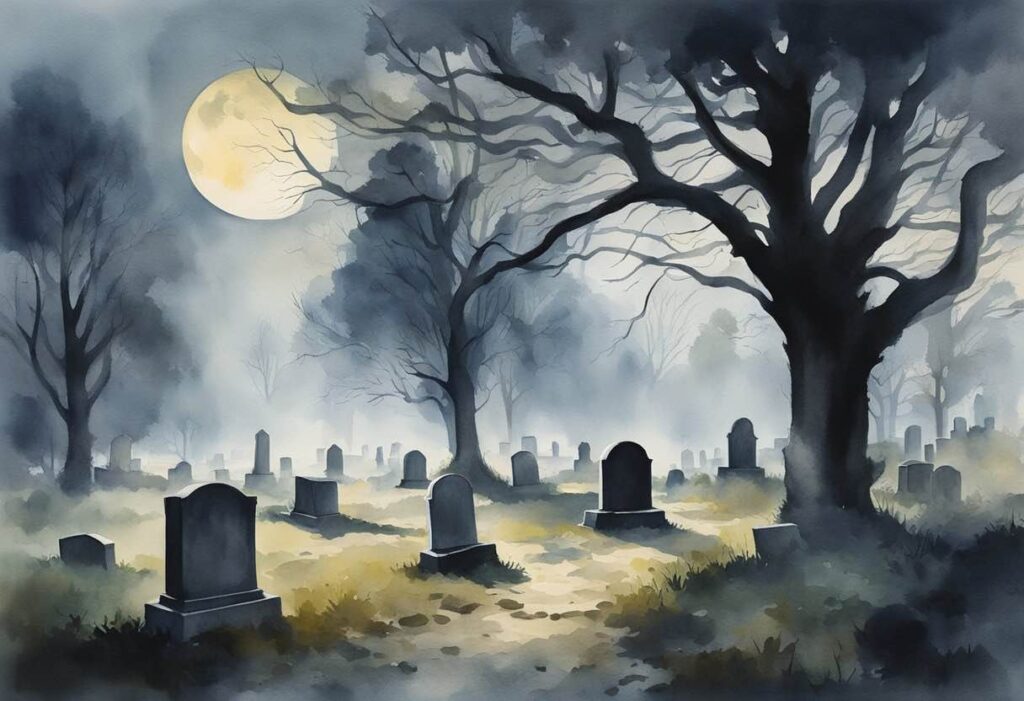
Innovative Use of Voices and Consciousness
Saunders employs a distinctive narrative style by using a multitude of voices to represent ghosts in the bardo. These voices offer diverse perspectives, blurring lines between individual consciousnesses. The point of view shifts rapidly, contrasting the detached tone of historical records with the intimate voice of ghosts.
This approach adds depth to each character, inviting readers into their inner thoughts and emotions. The use of multiple consciousnesses enhances the novel’s exploration of themes like grief and acceptance, emphasizing how different entities experience and interact with temporal boundaries. This dynamic chorus echoes experimental fiction styles, providing a unique reading experience.
Literary Comparisons and Inspirations
Saunders’ narrative draws from Lee Masters’s Spoon River Anthology, which also uses a collection of monologues from deceased characters to reveal their personal stories. Similarly, it uses fragmented, intersecting narratives to convey multidimensional experiences.
Dante’s Divine Comedy also serves as another touchstone, paralleling the journey through the afterlife and existential contemplation. These literary influences highlight the novel’s innovative structure, melding historical and fantastical elements.
By incorporating these inspirations, Saunders crafts a narrative that reflects both literary tradition and modern experimentation, enriching the text with layers of meaning and complexity.
Critical Reception and Cultural Significance
Lincoln in the Bardo has been widely acknowledged for its unique narrative approach and profound themes. The novel’s critical reception highlights its position among contemporary literature, while its cultural impact underscores the relevance of humanism in fiction.
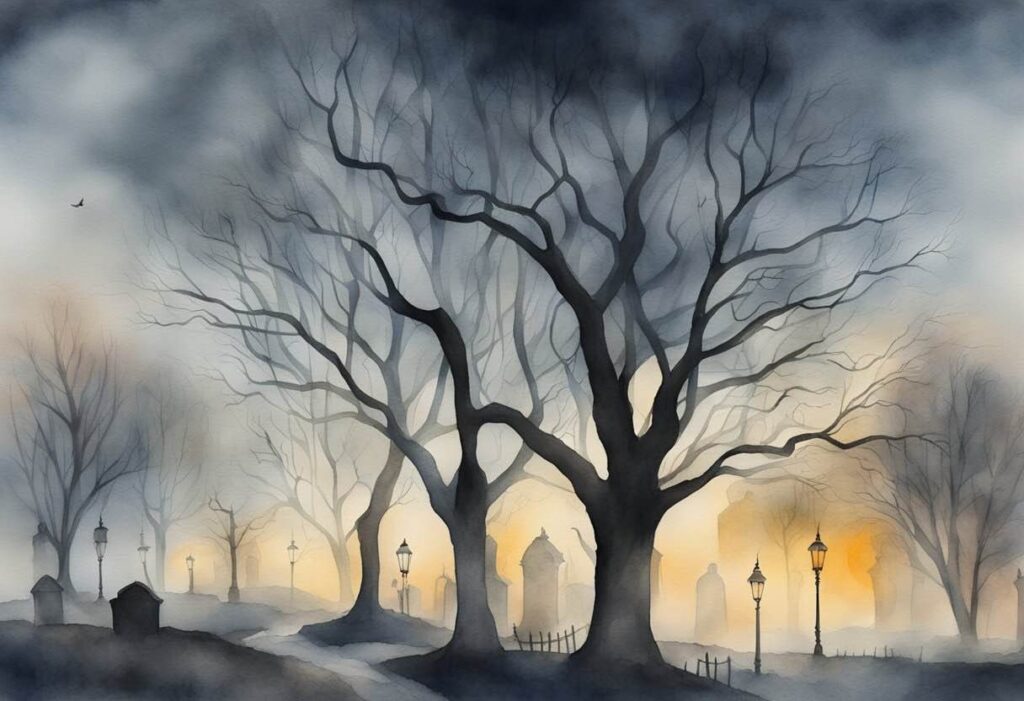
Accolades and Recognition
Lincoln in the Bardo is Saunders’s first full-length novel, and it has been met with critical acclaim. In 2017, he was awarded the prestigious Booker Prize, marking a significant milestone in his writing career. This accolade was in recognition of the novel’s innovative structure and narrative style.
The story’s experimental blend of historical context and imaginative storytelling impressed both readers and critics. It also topped The New York Times bestseller list in the early part of March 2017, reflecting its instant popularity and critical success. These accomplishments emphasize the profound impact Saunders’s work has had on both the public and the literary scene.
Impact on Contemporary Literature
The novel’s experimental style and unique perspective on Lincoln’s personal and national grief have made a lasting impact on contemporary literature—with Saunders’s blending of historical figures with fictional elements, the novel offers a fresh approach to storytelling.
The book, which emphasizes themes of loss and the human experience, resonates with themes central to humanism, pushing boundaries in narrative form. Its success highlights a shift towards accepting experimental and nonlinear narratives within mainstream fiction.
By challenging conventional storytelling methods, Lincoln in the Bardo encourages both writers and readers to explore new literary possibilities. This approach not only broadens the scope of modern fiction but also enhances its cultural significance.
Memorable Quotes
Truth be told, there was not one among the many here—not even the strongest—who did not entertain some lingering doubt about the wisdom of his or her choice.
Page 73, Lincoln in the Bardo by George Saunders
Such is the state of my Mind that tho I know we set off in that direction & with the Intent, what happened next I cannot recall. Only that all is Well and I embrace my faithful pen to inform you I am at present safe and hope these lines find my Dear little family enjoying the same great Blessing.
Page 137, Lincoln in the Bardo by George Saunders
When we love, and the objets of our love is small, weak, and vulnerable, and has looked to us and us alone for protection; and when such protection, for whatever reason, has failed, what consolation (what justification, what defense) may there possibly be?
Page 239, Lincoln in the Bardo by George Saunders
And we rode forward into the night, past the sleeping houses of our countrymen.
Closing sentence, Lincoln in the Bardo by George Saunders
Further Reading
George Saunders Has Some Thoughts About Art in the Trump Era by Elissa Schappell, Vanity Fair
George Saunders’s Lincoln in the Bardo is a genuinely startling novel by Adam Kelly, The Conversation
Lincoln in the Bardo: This book may be terrible, but it’s hard to tell because its author is George Saunders by Literary Vice
The Audio Book Club Joins Lincoln in the Bardo by Nora Caplan-Bricker, Meghan O’Rourke, and Katy Waldman, Slate
